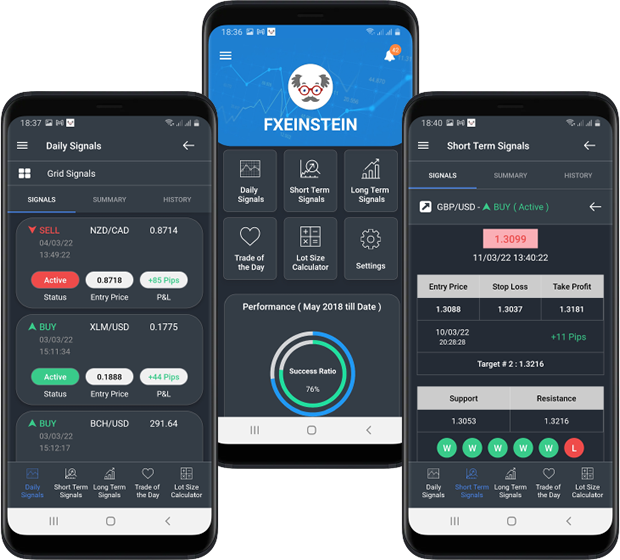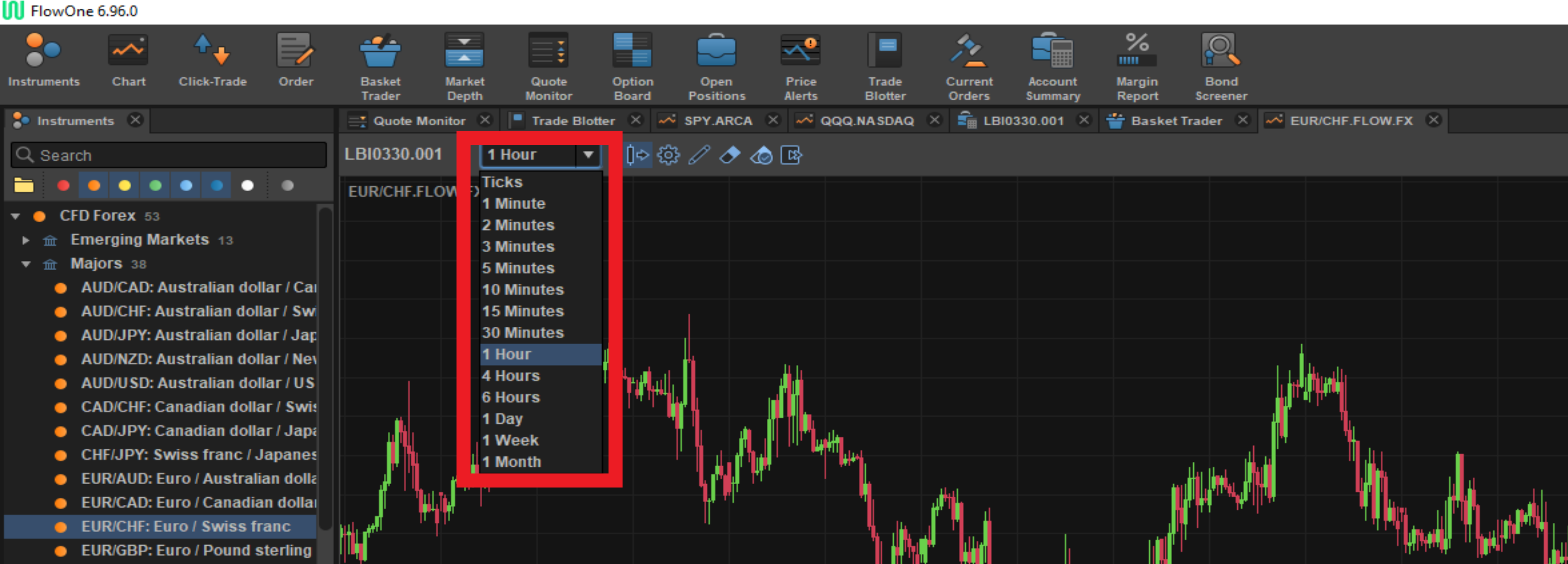
Commodity currency refers to a type of currency which has a direct connection with a commodity. This kind of currency can be used to buy and sell commodities, such as oil, wheat, gold, or even crops.
Traders on the spot, futures, and options markets can influence the value of a particular commodity by buying or selling it. This type of money is generally less volatile, and predictible over time.
A backed-currency is one that's based on an actual commodity like gold or silver. Or, it could be a real commodity that can exchange for money. This type of currency often solves the divisibility issue because it allows for an unlimited amount of coins and notes to be issued in a country, so each individual can use money that is redeemable for a certain commodity.
You should understand the way these currencies operate if you plan to trade them. These currencies are linked with a number of factors, such as the GDP (gross home product), the inflation rate, and the interest rates.

Some economies are diverse and export a wide variety of commodities. Their currencies can therefore fluctuate in relation to their prices. For example, a country that produces copper may see its currency value rise as the demand for copper grows. The currency of a country that imports different metals can also fall if the demand for them declines.
In the history of currency, money backed by commodity has always been a favorite. Before 1933, the dollar of the United States was backed by commodities. The US government valued the dollar during this time at $1 of gold.
This type money is vital in countries that have low incomes because it allows the people to purchase products without spending large amounts of cash. This way, currency backed by commodities can reduce poverty and inequity.
GDP (gross Domestic Product) is an important factor when it comes to commodity currencies. The demand for commodities such as grain and oil will increase if the economy grows. In the event that the economy slows and the economy grows, this will lead to a decline in the demand of these products.
There are other factors that affect commodity prices, but these are the most common ones. Prices can vary depending on weather conditions, how much of a particular crop is planted, or whether certain types of oil are found.

Since forex markets are far more stable than commodity exchanges, it is easier to spot patterns. This makes it easier to know what to expect from the market, and can help make your trading experience more consistent.
The forex markets are a great place to trade commodity backed currencies, such as the Australian dollar, which is based on a number of different commodities. The AUD, the world's biggest exporter for coal and iron ore has a close relationship with gold. This makes it respond to changes in price.
FAQ
Can you trade on the stock-market?
Everyone. But not all people are equal in this world. Some people have more knowledge and skills than others. They should be recognized for their efforts.
But other factors determine whether someone succeeds or fails in trading stocks. If you don't understand financial reports, you won’t be able take any decisions.
So you need to learn how to read these reports. Each number must be understood. Also, you need to understand the meaning of each number.
This will allow you to identify trends and patterns in data. This will enable you to make informed decisions about when to purchase and sell shares.
If you are lucky enough, you may even be able to make a lot of money doing this.
How does the stock market work?
Shares of stock are a way to acquire ownership rights. A shareholder has certain rights. He/she has the right to vote on major resolutions and policies. He/she has the right to demand payment for any damages done by the company. He/she also has the right to sue the company for breaching a contract.
A company cannot issue more shares that its total assets minus liabilities. This is called "capital adequacy."
A company that has a high capital ratio is considered safe. Low ratios can be risky investments.
What's the difference between a broker or a financial advisor?
Brokers help individuals and businesses purchase and sell securities. They handle all paperwork.
Financial advisors are specialists in personal finance. They help clients plan for retirement and prepare for emergency situations to reach their financial goals.
Banks, insurers and other institutions can employ financial advisors. You can also find them working independently as professionals who charge a fee.
Consider taking courses in marketing, accounting, or finance to begin a career as a financial advisor. You'll also need to know about the different types of investments available.
What's the difference between marketable and non-marketable securities?
The differences between non-marketable and marketable securities include lower liquidity, trading volumes, higher transaction costs, and lower trading volume. Marketable securities, on the other hand, are traded on exchanges and therefore have greater liquidity and trading volume. Marketable securities also have better price discovery because they can trade at any time. But, this is not the only exception. Some mutual funds, for example, are restricted to institutional investors only and cannot trade on the public markets.
Marketable securities are more risky than non-marketable securities. They generally have lower yields, and require greater initial capital deposits. Marketable securities are generally safer and easier to deal with than non-marketable ones.
A bond issued by large corporations has a higher likelihood of being repaid than one issued by small businesses. The reason is that the former is likely to have a strong balance sheet while the latter may not.
Investment companies prefer to hold marketable securities because they can earn higher portfolio returns.
Statistics
- US resident who opens a new IBKR Pro individual or joint account receives a 0.25% rate reduction on margin loans. (nerdwallet.com)
- Even if you find talent for trading stocks, allocating more than 10% of your portfolio to an individual stock can expose your savings to too much volatility. (nerdwallet.com)
- "If all of your money's in one stock, you could potentially lose 50% of it overnight," Moore says. (nerdwallet.com)
- Ratchet down that 10% if you don't yet have a healthy emergency fund and 10% to 15% of your income funneled into a retirement savings account. (nerdwallet.com)
External Links
How To
How to Trade in Stock Market
Stock trading involves the purchase and sale of stocks, bonds, commodities or currencies as well as derivatives. Trading is a French word that means "buys and sells". Traders buy and sell securities in order to make money through the difference between what they pay and what they receive. This is the oldest type of financial investment.
There are many different ways to invest on the stock market. There are three basic types: active, passive and hybrid. Passive investors watch their investments grow, while actively traded investors look for winning companies to make a profit. Hybrids combine the best of both approaches.
Index funds track broad indices, such as S&P 500 or Dow Jones Industrial Average. Passive investment is achieved through index funds. This method is popular as it offers diversification and minimizes risk. Just sit back and allow your investments to work for you.
Active investing involves selecting companies and studying their performance. Active investors will analyze things like earnings growth rates, return on equity and debt ratios. They also consider cash flow, book, dividend payouts, management teams, share price history, as well as the potential for future growth. Then they decide whether to purchase shares in the company or not. They will purchase shares if they believe the company is undervalued and wait for the price to rise. However, if they feel that the company is too valuable, they will wait for it to drop before they buy stock.
Hybrid investing combines some aspects of both passive and active investing. One example is that you may want to select a fund which tracks many stocks, but you also want the option to choose from several companies. You would then put a portion of your portfolio in a passively managed fund, and another part in a group of actively managed funds.